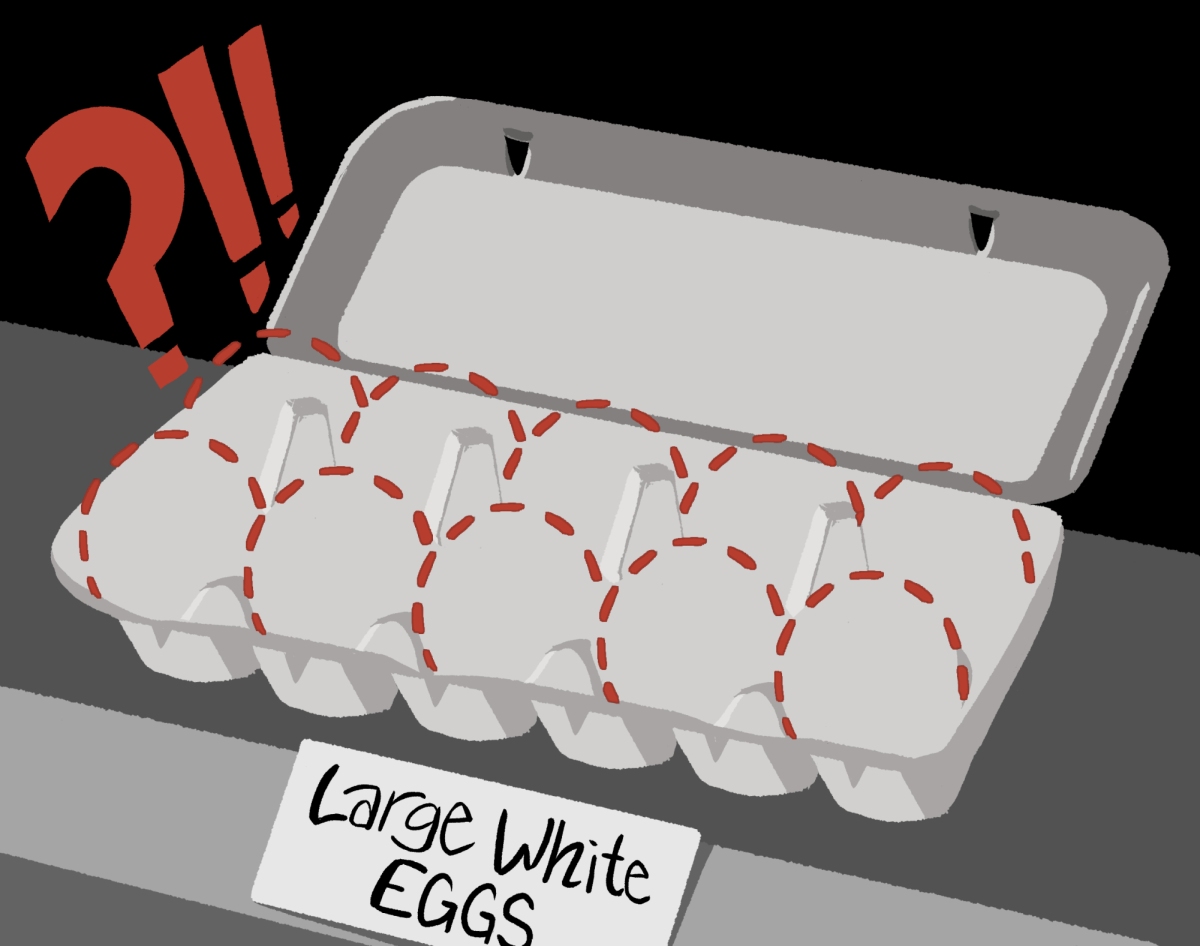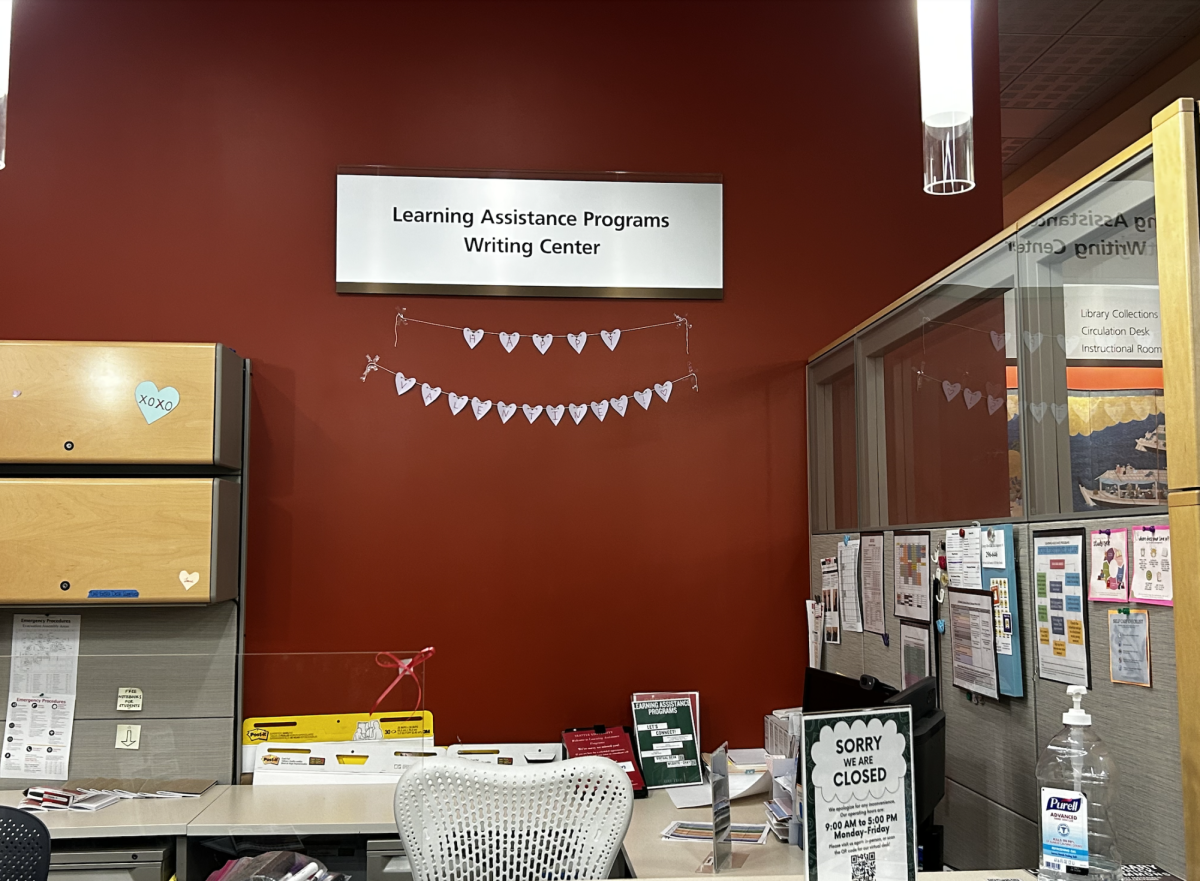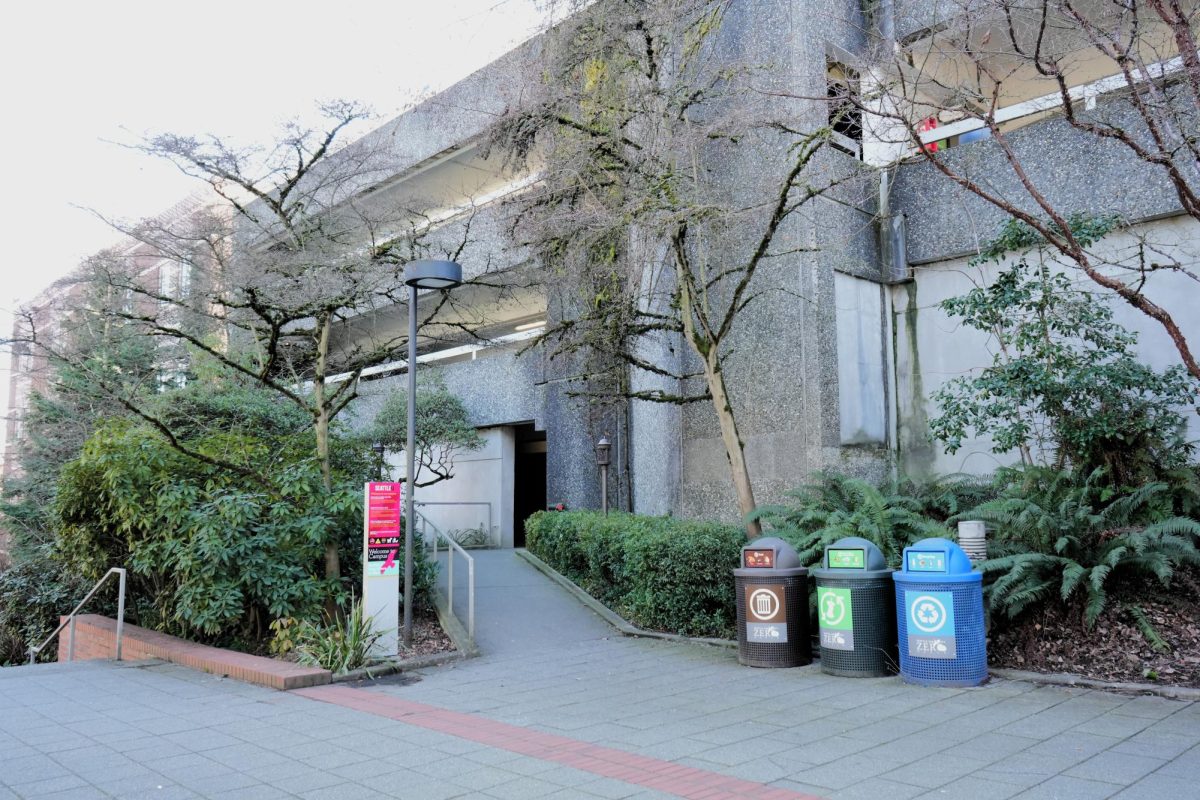What if one suspension could mean the difference between a child going to college versus dropping out of high school? Suspension may seem like a minor, even fair, form of discipline in theory, but a recent report suggests that teachers may be using it unjustly.
A recent analysis by researchers at the UCLA Center for Civil Rights Remedies found that in Seattle, students of color and students with disabilities are suspended from elementary school significantly more often than their peers.
The study is called “Are We Closing the School Discipline Gap?” and makes the case that across the nation, suspension is being used illegally by many school districts to target specific students and has in turn become a full-fledged civil rights issue.
“We shouldn’t be casting these students aside,” said Rich Okamoto, Seattle University’s director of Disabilities Services. “Removing someone who’s having a difficult time learning from the learning environment—does that seem like a great way to help them learn? It doesn’t to me.”
According to the report, over 548,000 children across the country are suspended in a single school year. Though the number of suspensions per year is declining in Seattle, data from the UCLA analysis show that nearly half of the students suspended in 2012-13 were black.
Humanities for teaching major Kara Ortbal, who has worked in special education classes in Seattle elementary schools and at a therapy center for children with autism, said she believes suspension is an ineffective measure and views it similarly to how she views incarceration.
“If you go to jail once, the likelihood of going again is just going to increase,” Ortbal said. “I don’t know for sure, but I imagine it would be very similar with suspending students; if you suspend them once, their chances of being suspended again will increase.”
The United States has the highest incarceration rate in the world. According to a 2010 report by the U.S. Bureau of Justice Statistics, nearly 40 percent of the people in prison were black, while the black population in the U.S. as a whole was just over 13 percent.
Sociology professor Gary Perry, a member of Ending the Prison Industrial Complex (EPIC), said he believes suspension from school has become a part of the “School-to-Prison Pipeline,” the education policies and practices that push students—particularly those of color—out of classrooms and into juvenile and criminal justice systems.
“It’s not by accident that we see primarily youth of color in special education programs,” he said. “So I think the convergence of these two groups really makes sense when you think about it, because we’re dealing with a school system that has often pushed our black community into these programs.”
Disciplinary practices used in elementary schools such as suspension, Perry said, can be detrimental to students years down the road. According to a Seattle Public Schools report from the 2012 school year, around half of Native Americans and 60 percent of African American and Latino students graduated from high school, compared to around 85 percent of white students.
Another argument for why students of color have a higher suspension rate is the disproportionate number of white teachers hired at public schools.
“I see teaching as part of community,” said Afam Ayika, another member of EPIC. “We need to recruit more black and brown teachers. It’s hard to give up on a kid who’s from your background, but it’s easy when they’re not, to just turn a deaf ear and go back to your own neighborhood.”
One group working against excessive school suspensions is the Seattle Race & Social Justice Community Roundtable. They have made it their initiative for this year to investigate suspensions in Seattle public schools and to call for a moratorium on the practice. Interim Chair of the Roundtable Dustin Washington said he believes the education system as a whole needs to undergo a huge change in order for students of color to be treated fairly.
“If we had community-based control of our schooling, our children would come to school and they would be engaged and interested and related to in a way that would help them succeed,” Washington said. “Discipline is one part of the conversation, but it really has to be a holistic approach in transforming the way schooling is done, especially in communities
of color.”
Whether elementary schools will continue to use suspension as a form of discipline in the future remains to be seen, but clearly the questions of why, and under what circumstances, it’s used currently should be brought to the table.
“I don’t know what good a suspension does,” Ortbal said. “I think it’s easy to do, and that’s why it happens.”







